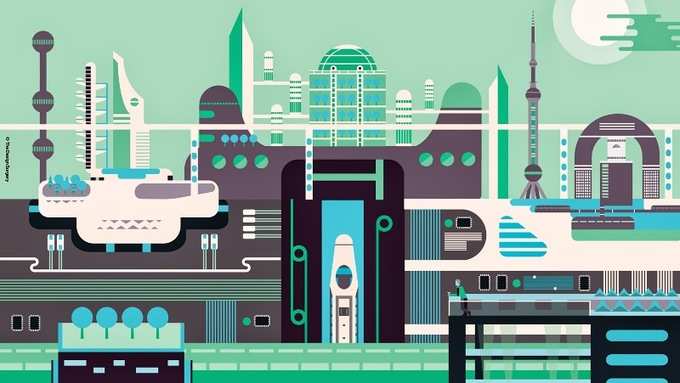
“There are so many challenges that we have to overcome. Lack of basic amenities, disconnect between the state authorities and the communities as well as inefficient use of resources, needs to be addressed,” said renowned environmentalist GK Bhat, chairman of Taru, Leading Edge Pvt. Ltd, a trans-disciplinary management consultancy that has been working on India’s development challenges.
He added that at present in mega cities such as Delhi and Mumbai, there are several basic infrastructural issues that need to be addressed. “Even in cities such as Delhi and Mumbai, there are several existing issues that need to be addressed before we can think of building. So, if such issues are not resolved, then how can we build smart cities,” explained Bhat.
Sachin Agarwal, chairman and managing director of Maple Shelters, had said sometime back that the current trends indicate that the next 10-12 years, the number of low-income urban dwellers will surge over 106 million. “Throughout, India will continue to figure among the most housing-challenged nations unless the government delivers on its electoral promise to make housing for all a reality. The difference between what most households can afford to pay for a home without spending more than 30% of their income and cost of an acceptable normal housing unit is called the affordability gap. Needless to say, the affordable urban housing gap will only increase as urban populations grow,” he noted.
However, Shubhranshu Pani, managing director,
“It is definitely ambitious but also much needed projects. The government, which will pump in Rs 2 lakh crore for the project has very carefully phase its investments,” Pani averred.
Nevertheless, while there is much excitement about the projects, there are still many red flags that the government needs to address before PM Modi’s dream of Housing for All by 2022 is fulfilled. Until then, let’s wait and watch!
